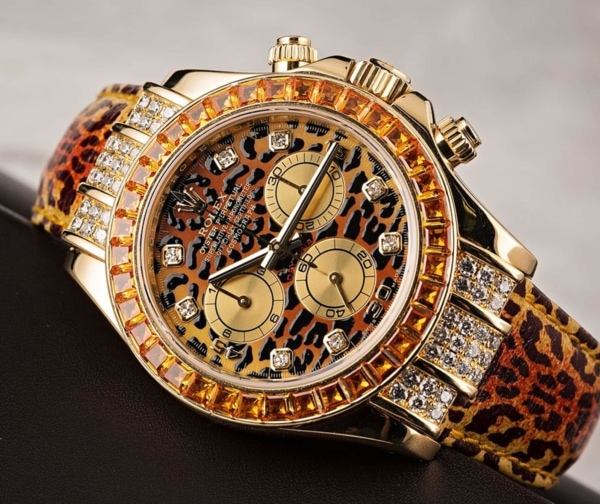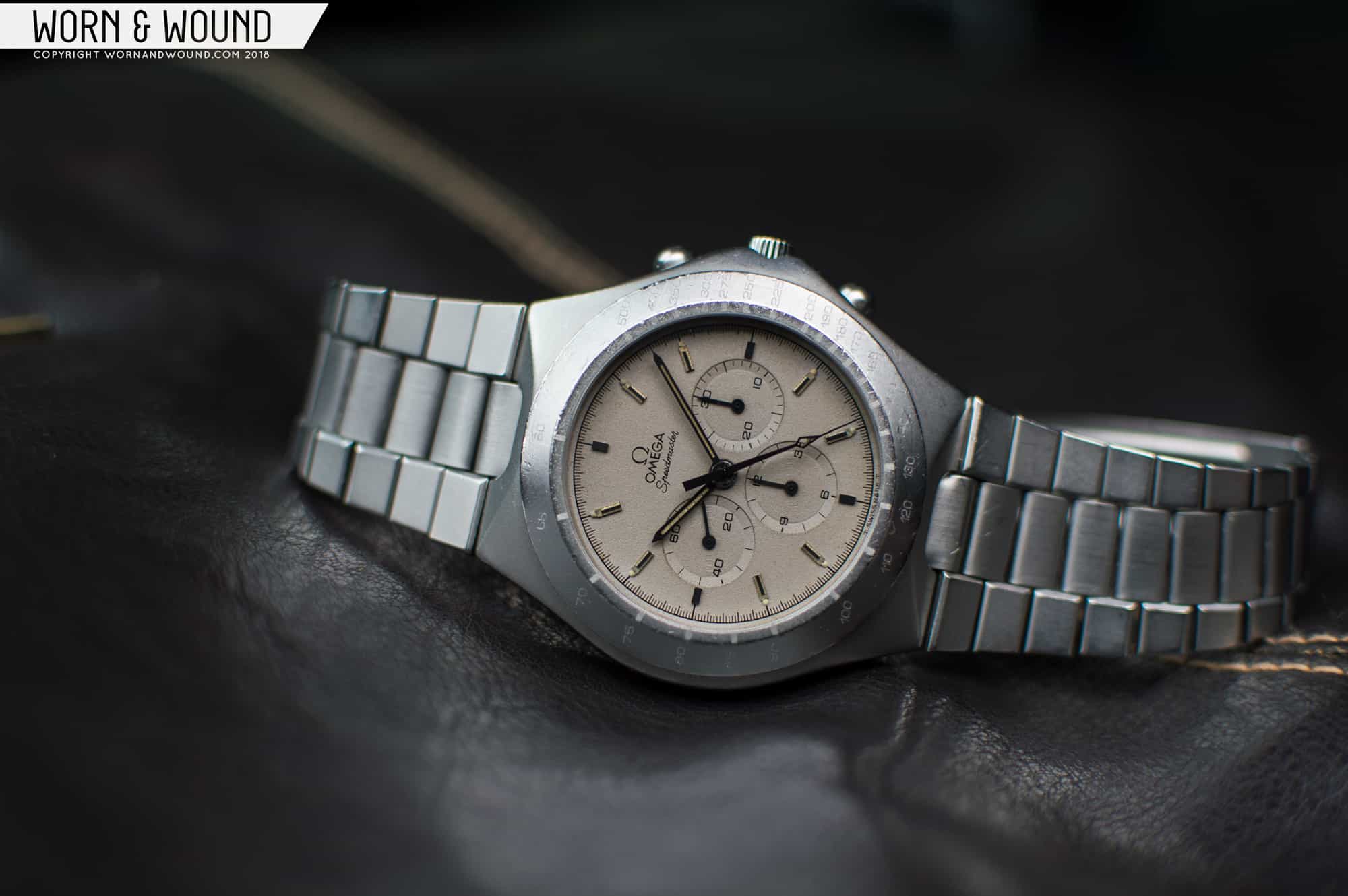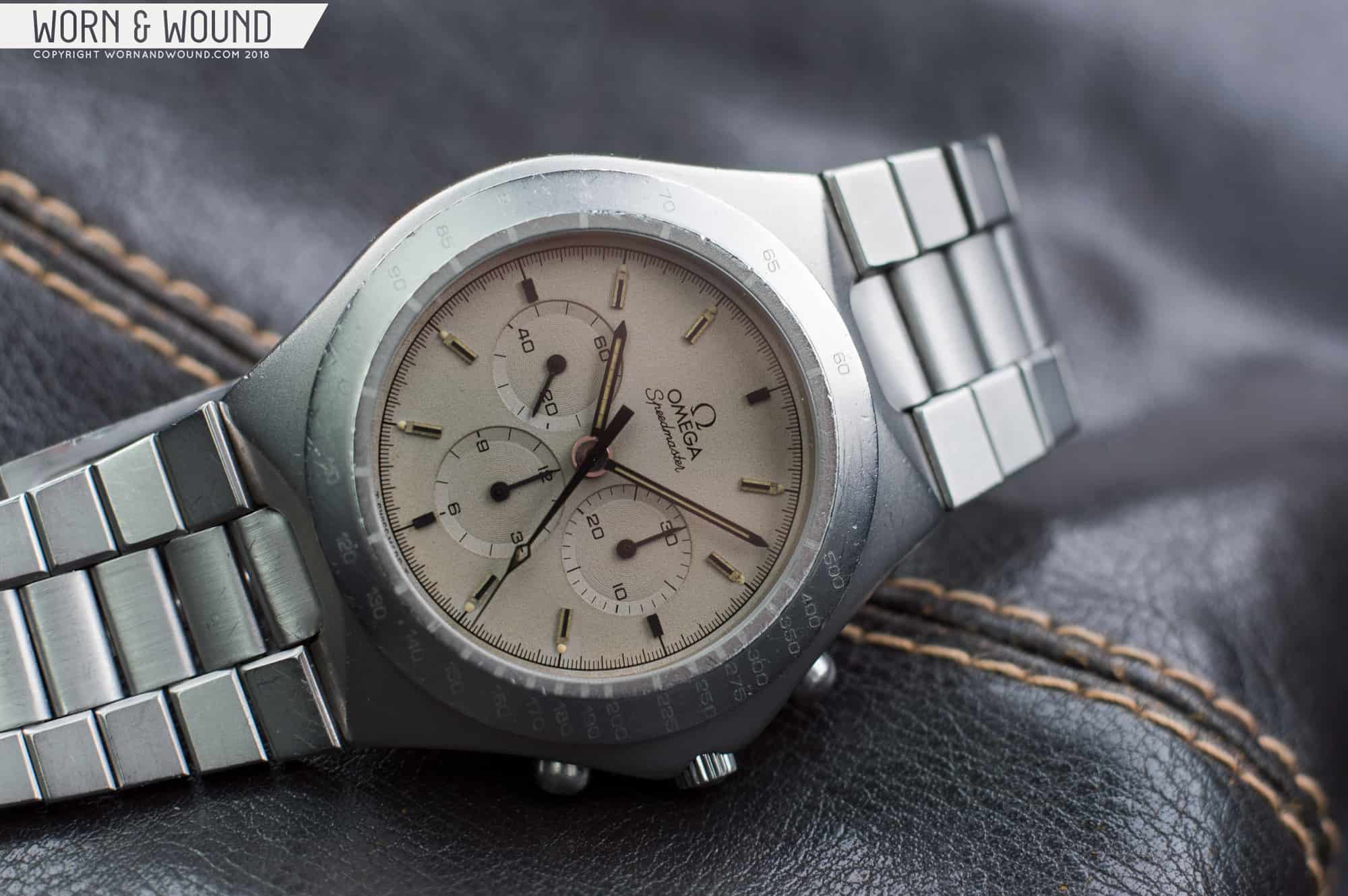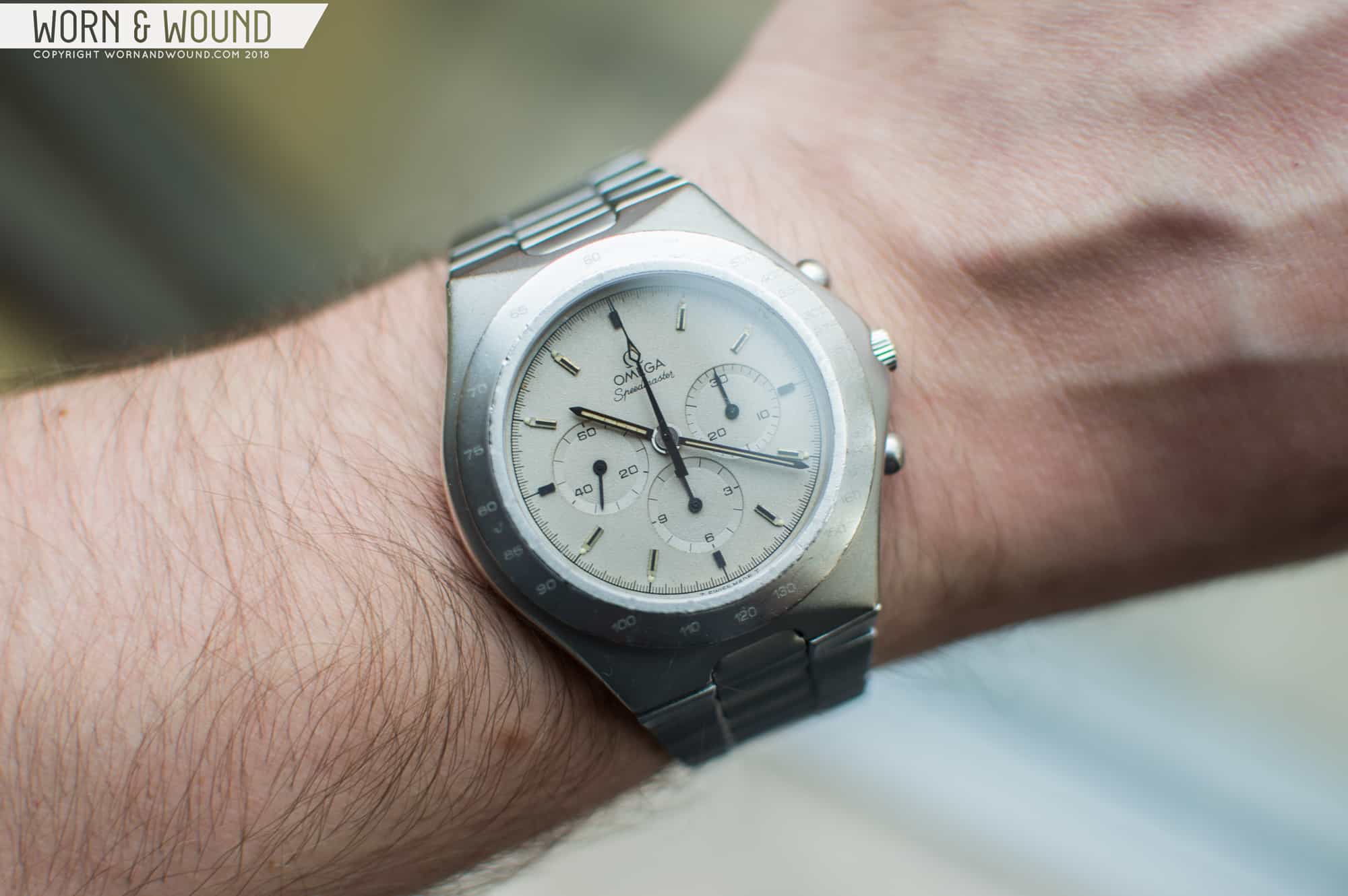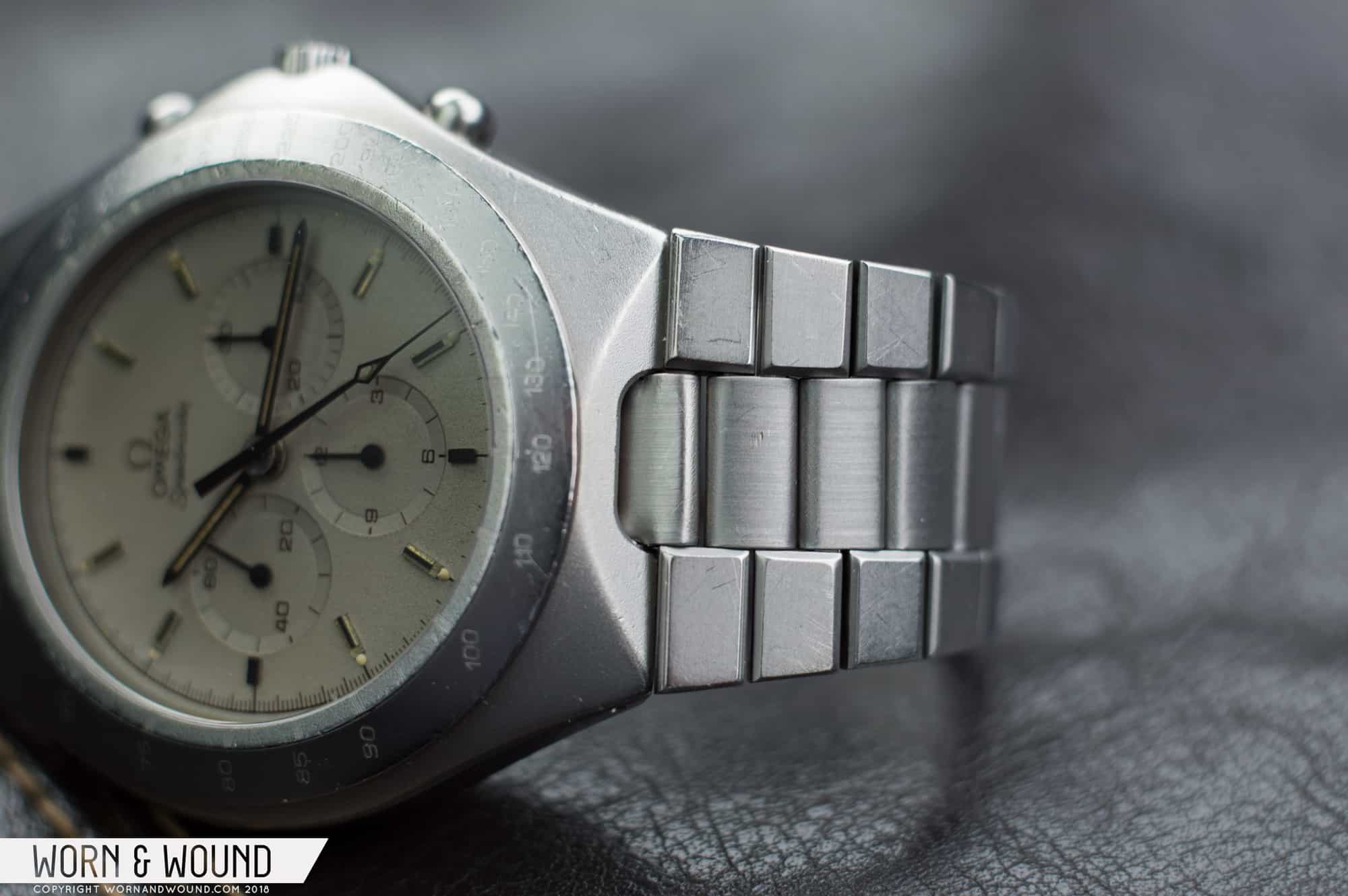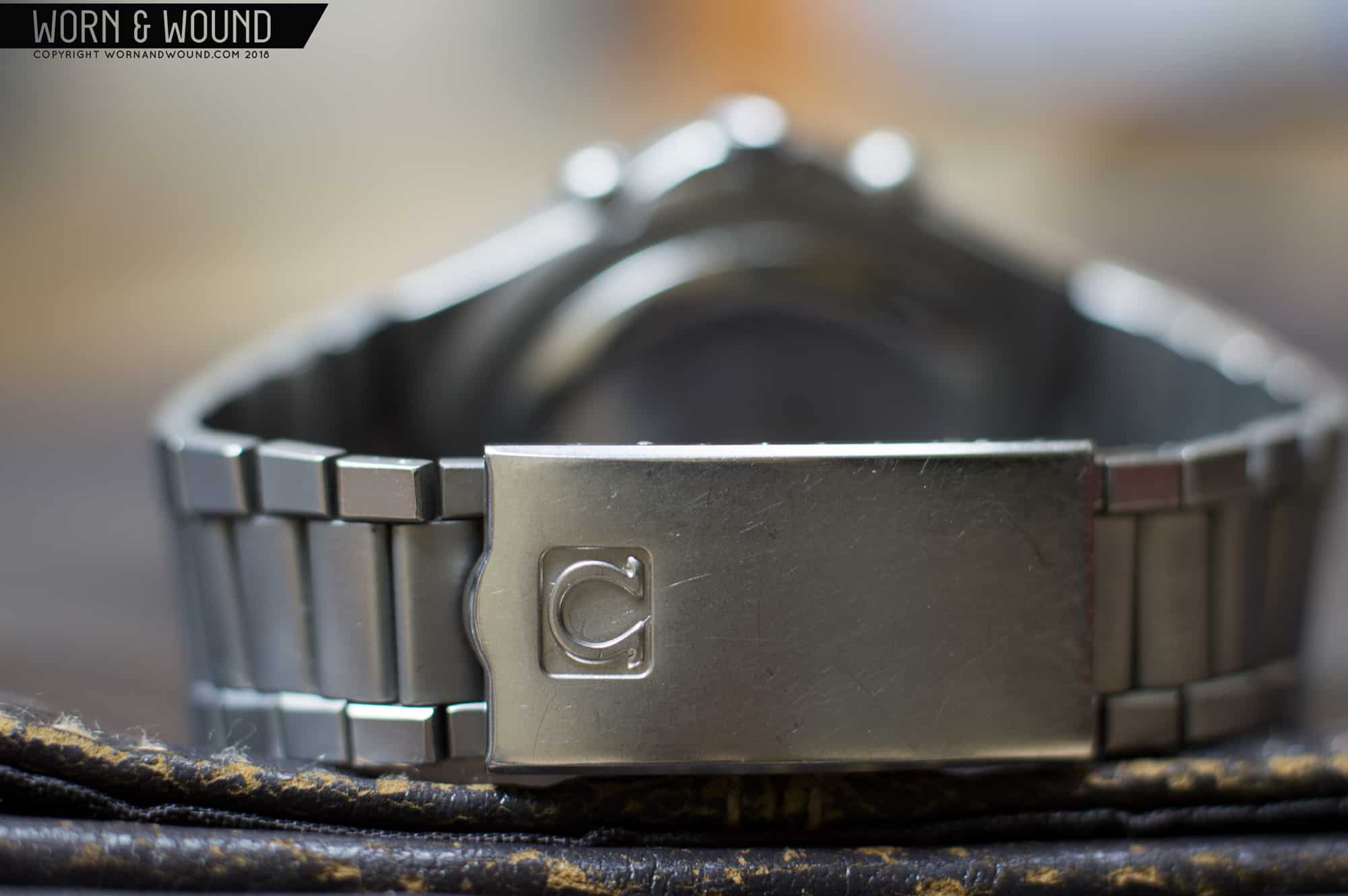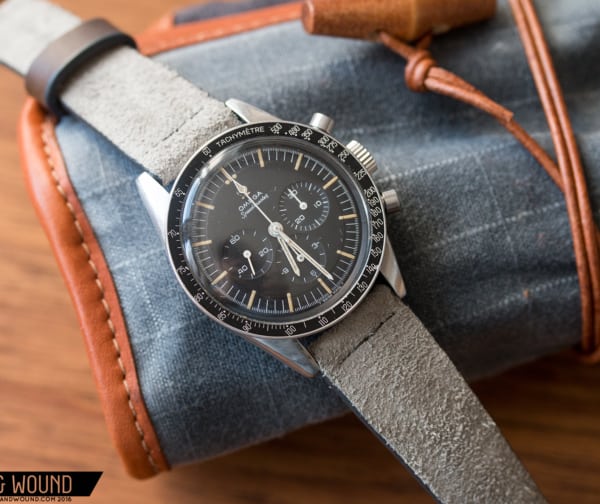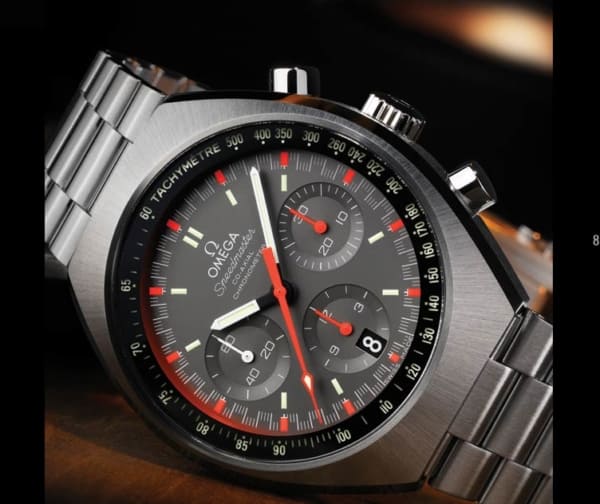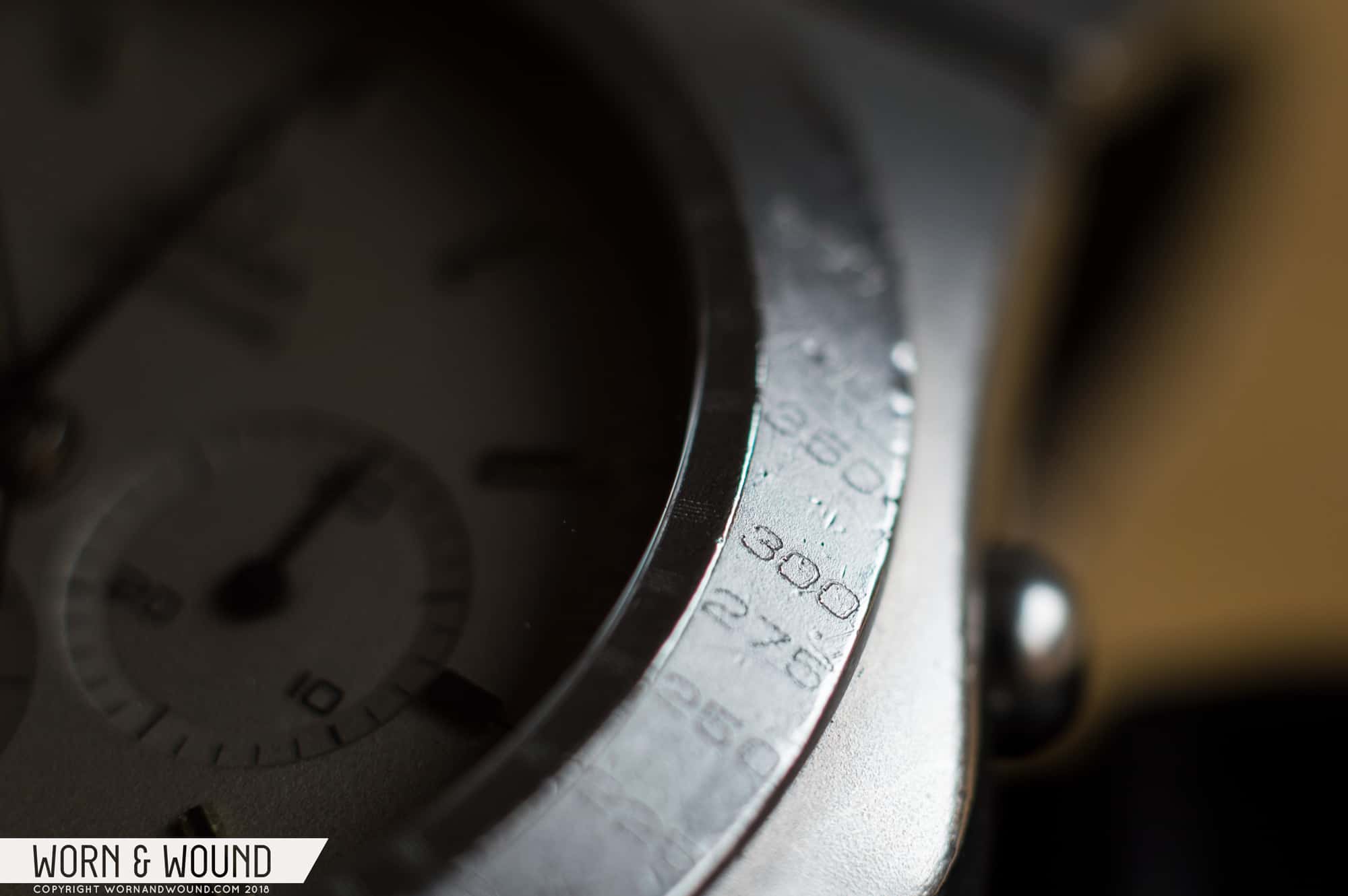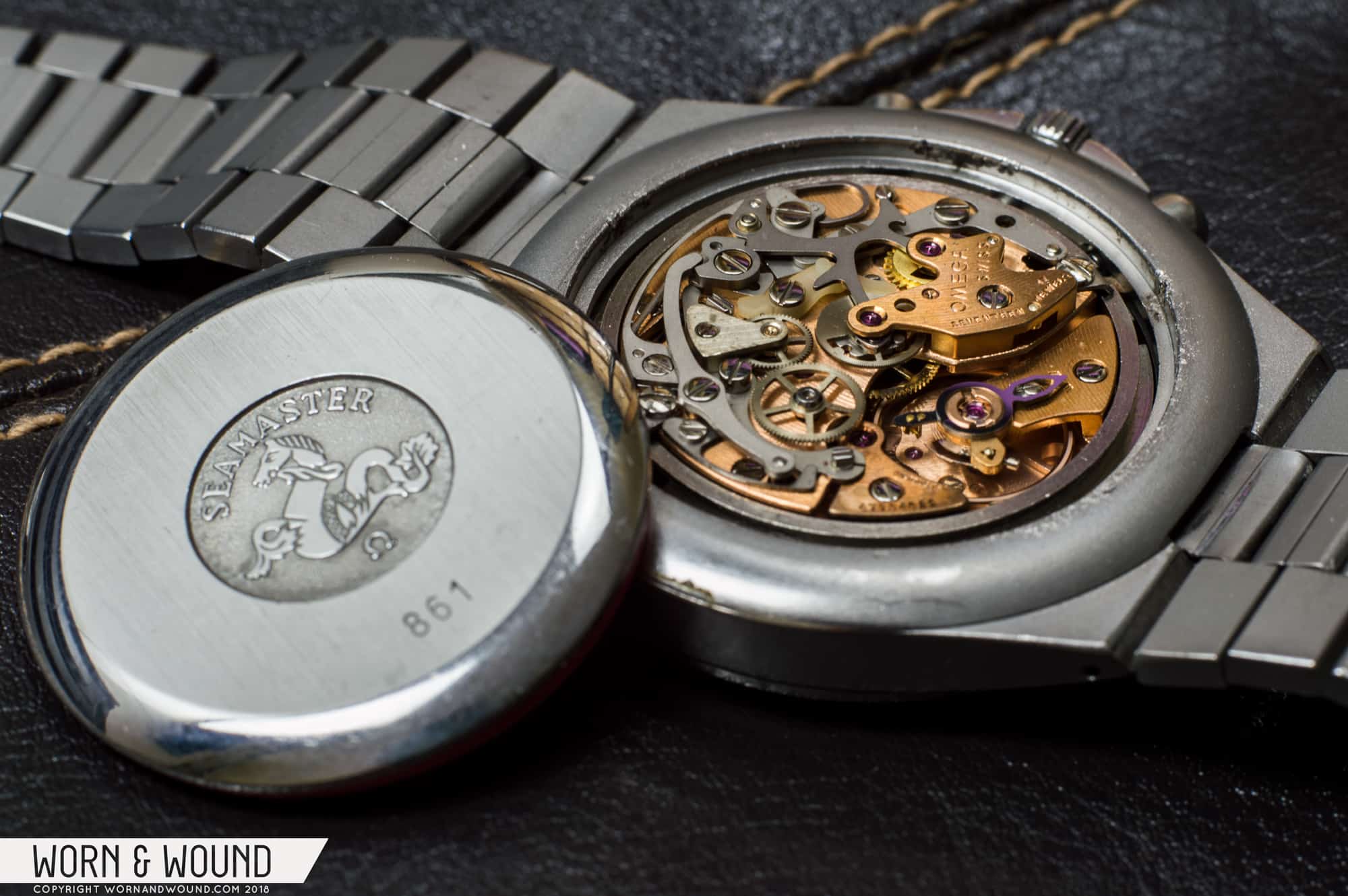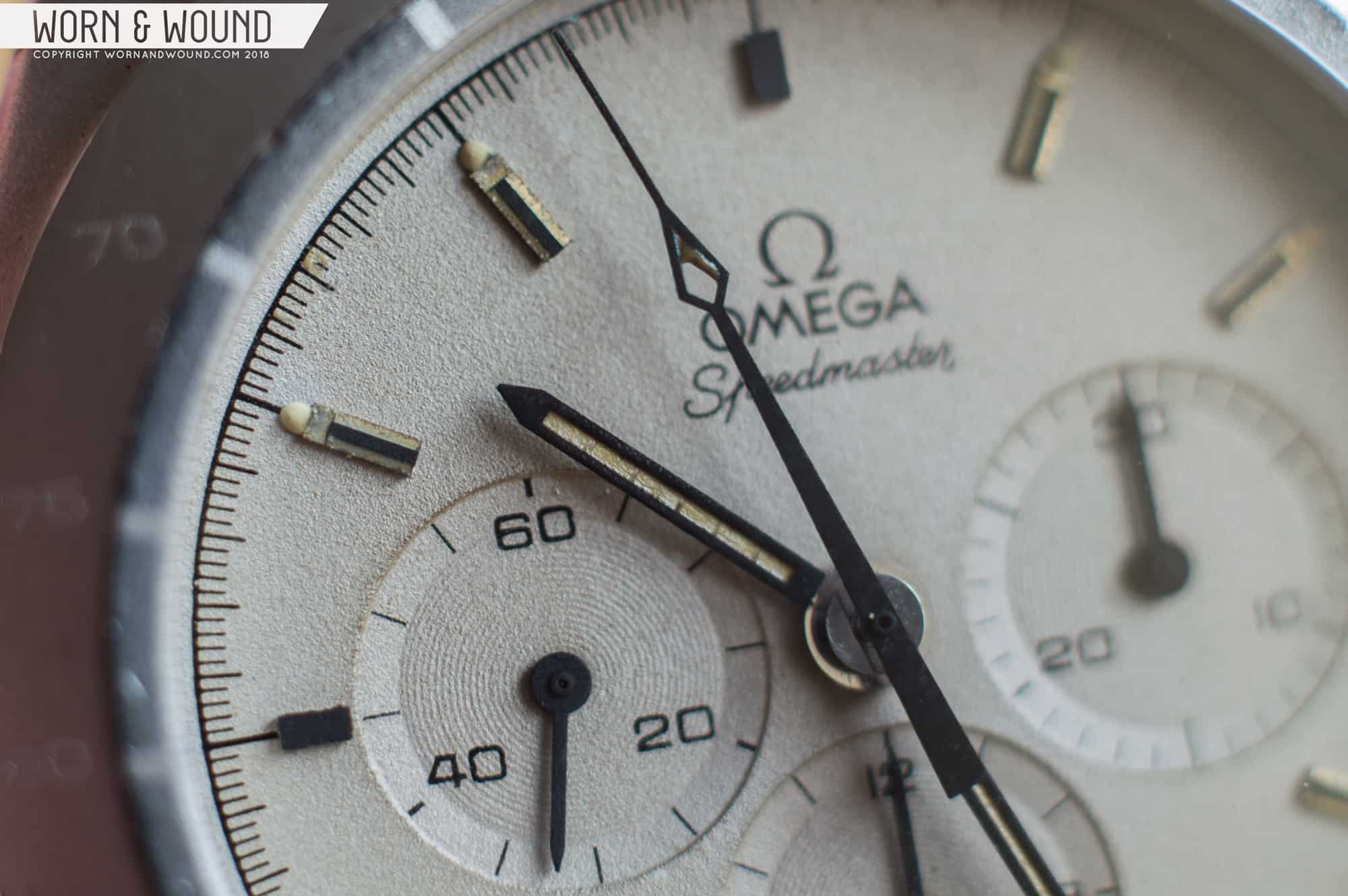The Omega Speedmaster is an iconic watch, and its aesthetic is well known. The black dial with contrasting white markings and hands. The distinctive case profile with those twisted “lyre” lugs. That domed crystal rising above the inky, black tachymeter bezel.
Well, today we’re going to look at a Speedmaster that breaks out of this mold.
The Teutonic Speedmasters are a breed of their own—a collection of watches defined by their case shape, but in terms of dial and movement are pure Speedmaster. Intended for the German market, hence the playful “Teutonic” moniker, these watches were made in the early 1980s. It’s not quite clear what it was about that time and place that gave rise to such a wholesale change to a large chunk of the Speedmaster’s defining characteristics, but the result is interesting—a word I use deliberately.









 Featured Videos
Featured Videos


